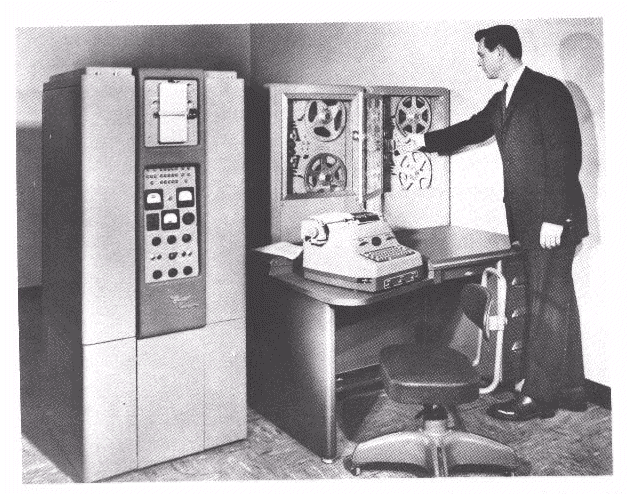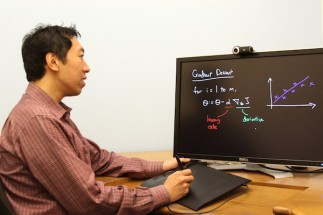The word "computer" is derived from the Latin word "computare". Which means to calculate, basically computer defined as one, which computes.Computer is an electronic device, which can perform certain mathematical calculations and logical operation at a very high speed. A computer is composed of hardware and software and can exist in a variety of sizes and configurations.
In another words, a computer is an electronic machine that helps us to solve the problems. It can be programmed to accept data (input) Process it into useful information (output) and store it away (in a secondary storage device) for safekeeping of later use. The working principle of computer can be summarized as input, process and output cycle. A computer system accepts instruction and data as input form some input devices keyboard, scanner, digital/web camera ,mouse, joystick etc,are some of the input devices.Those data are processed as per the instruction and finally the result is obtained in a output device. It is totally internal process of the computer system; CPU is the main processing device. After processing the data may be stored future use and can be retrieved whenever required. Monitor (screen) and Printer are the major output devices.







































